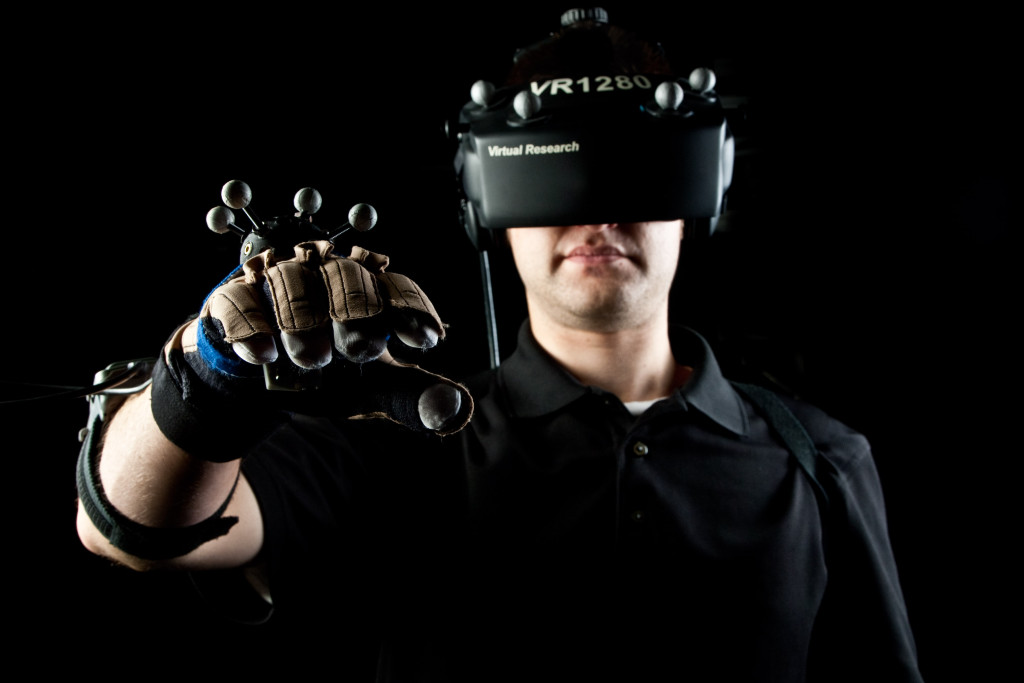Everything we experience in life may be reduced to electric action arousing our brains as our sensory organs deliver information regarding the outside universe. This interpretation is that which we consider to be “reality.” In this perception, the brain is reality. Whatever you see, hear, feel, taste and scent is an interpretation of what is outside, and created completely as part of your mind. We often consider this interpretation fits quite closely to the outside universe. Nothing may be farther from the facts.

It’s the brain that “sees”, as well as in a few significant ways what it sees doesn’t represent the advice it derives from sensory stimulation. That is why, we’re all living in our personal reality simulations – abstractions – that we build as an outcome of both that which we perceive with our perceptions and how our brains change this perception. Such matters as colour, odor and flavor, for example aren’t properties of the external world itself, but instead a classification developed by the procedure for perception. So that you can see the universe in a meaningful way, the brain must become a filter/noise between us as well as the “real” world.
Words have consistently been a primitive way of relaying purpose. VR holds out the promise of enabling us to literally show one another what we mean rather than just describing it by primitive verbal approximations. The limit of words is the fact that the meaning they carry is just as detailed as the definitions the reader or listener attaches to them. That is why VR provides the chance for evolving our communicating right into some sort of telepathy, finally bridging the difference between our distinct imaginations. “This is what virtual reality holds out to us – the possibility of walking into the constructs of the imagination.” – Terence McKenna
VR is the best medium of syntactical intent; the lone way to figuratively “show” someone just that which you mean would be to literally reveal them. Words are extremely unsuccessful at communicating meaning, as they’re a low-bandwidth, lossy medium of knowledge transference. VR will let’s remove the ambiguity this is the disparity between our internal dictionaries and avoid communicating through symbolism completely. The effect is going to be perfect comprehension, as all parties behold the exact same info.
When it comes right down to it, having a physical body in a reality constrained by the limits of the physical laws has a lot of drawbacks. Our anatomies are very delicate and could be damaged or killed in a instant if we’re not cautious, or are just plain unlucky. If anything bad happens using a vital body part, the whole body could perish. Our physical bodies are also deteriorated by aging. Either way, for now, if the human body expires, your brain dies right as well as it. Every human brain comprises an enormous abundance of advice, memories, experiences and relationships. Whenever a human brain expires, that unbelievable, exceptional abundance of knowledge perishes with it, and is eternally lost. The planet is a dangerous spot to inhabit in a frail human body, and there certainly are plenty of other issues which come with having a physical existence in a real universe. Utilizing the toilet, body odor, problem traveling, restriction of chances, simply to name some. Up to the stage, we’ve had no choice to life, besides passing. Due to nanotechnology, there might come a period when folks will really have a choice between life in the “real world,” an existence in the computer generated simulation, or passing.
Reality has specific constraints which virtual reality will have the ability to circumvent. For example, going from one place to another in the real world needs transferring your physical body, which can be constrained by the laws of physics. Your body is a very fine thing, subject to damage incredibly readily from many effects. Transport also can take up lots of time. What if these risks and constraints may be completely removed?
A number of our technologies have in common the effort to take away the limits of our physicality. For instance, phones (which are really a kind of VR) empower us to speak to those who are too much from us in 3D space to speak to without using technology. The World Wide Web permits US to meet and socialize in a common (generally 2D, so far) virtual surroundings, no matter where we’re physically. The Internet, in its present form is a largely two dimensional virtual environment that enables individuals to meet and exchange thoughts and advice. For the time being, this remains an extremely level encounter, involving just 2D sight, and sound. SecondLife is among the first signs of exactly what the future Internet could be like. It’s going to get a 3rd measurement and start entailing more of the perceptions. It will get reality as bandwidth increases without end.
Virtual reality (or a virtual environment) is the projection of man-made stimulation upon the the perceptions so that you can make the interpretation of being in another place in spacetime. It’s going to even enable us to create virtual worlds that not and cannot exist in the ‘real’ universe.
